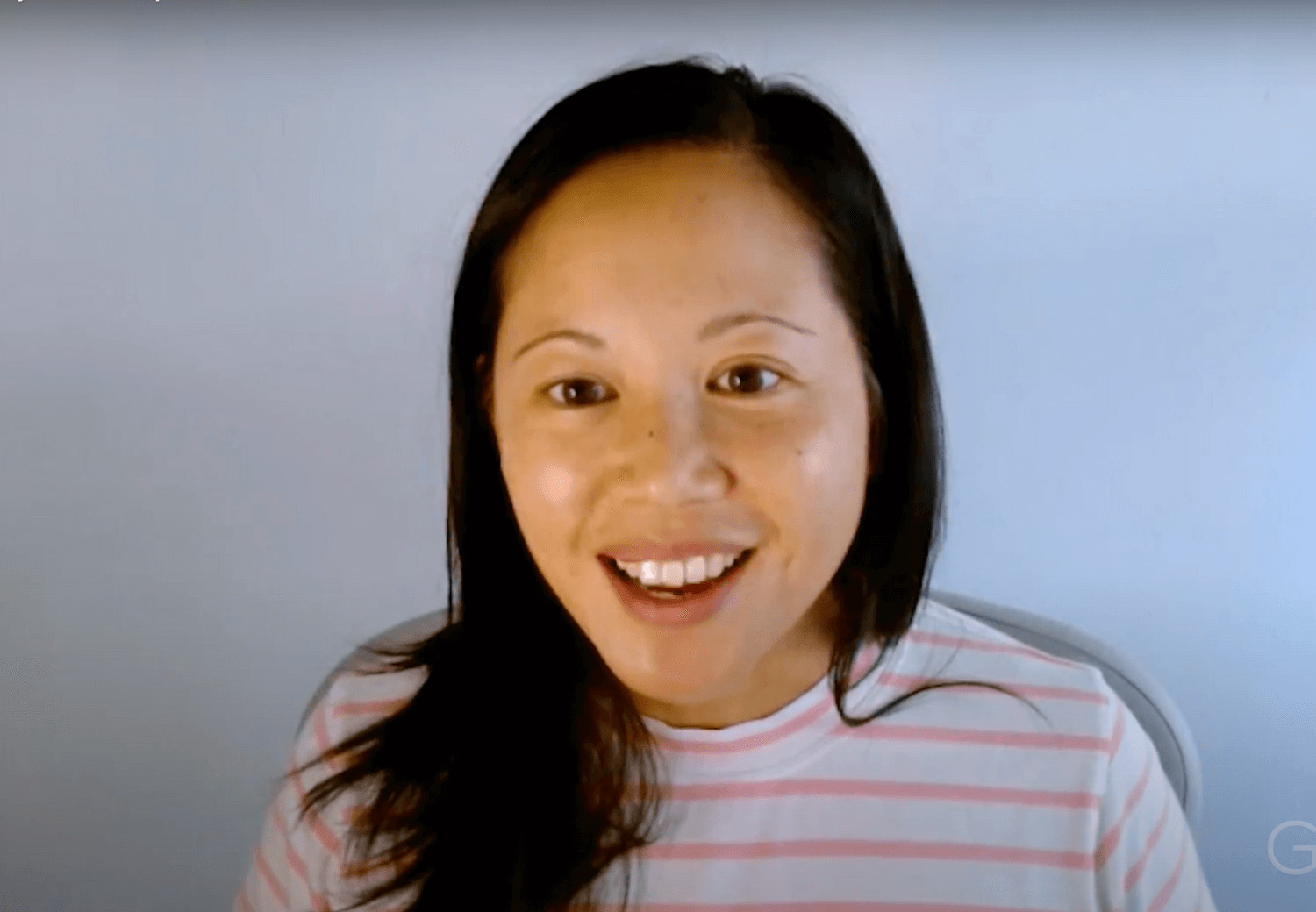Summary:
Like books which have a beginning, middle and an end, Tracy uses the art of storytelling to sell her best ideas. In this clip, she lays down her winning formula to get an idea across the finish line.
Thuy
Poshmark has gone through many iterations over the years. For example, you hold Posh Parties. These are virtual events centred around particular brands or styles. Can you share your top tips on how to sell a new idea and win over others on your team?

Tracy Sun
Oh, so this is something I’m very passionate about because it’s really, really simple and I feel like people get it wrong all the time and so I’m very excited to talk about this. Selling an idea or selling yourself or selling anything, the simple tip is you have to learn how to tell a story. You have to tell a story. The person on the end wants to hear a story, and so there are a few components to a good story.
The first is to share or lead with a problem statement that really garners empathy. So, what’s wrong with the current product? What’s missing? What are customers really craving that they don’t get today? And make it land by convincing another person that’s a big deal.
So, the other person, if you do this, if you do this well, should be like, “Oh, that totally sucks that that happens to me, we need to solve.” That’s really number one, to set context with the problem.
Two, that picture your solution. And it should be the end state vision where it’s like, “Oh my gosh, we could fix this if we did X, Y, and Z,” but it’s a dream and it lifts you up. And so, the person should think, “Wow, if we did that, that would be so amazing, right?” Then all you have to do is connect the first and second piece. So, from where we are today, what are the steps that you would take to get to that really awesome mission that that person has already wanted to? And that’s it.
So, beginning, end, and connect the beginning and en, is my tip on how to sell a new idea. And what I find is when ideas fall flat or they don’t get accepted, it’s because one of those three pieces were missing.
The first is to share or lead with a problem statement that really garners empathy. So, what’s wrong with the current product? What’s missing? What are customers really craving that they don’t get today? And make it land by convincing another person that’s a big deal.
So, the other person, if you do this, if you do this well, should be like, “Oh, that totally sucks that that happens to me, we need to solve.” That’s really number one, to set context with the problem.
Two, that picture your solution. And it should be the end state vision where it’s like, “Oh my gosh, we could fix this if we did X, Y, and Z,” but it’s a dream and it lifts you up. And so, the person should think, “Wow, if we did that, that would be so amazing, right?” Then all you have to do is connect the first and second piece. So, from where we are today, what are the steps that you would take to get to that really awesome mission that that person has already wanted to? And that’s it.
So, beginning, end, and connect the beginning and en, is my tip on how to sell a new idea. And what I find is when ideas fall flat or they don’t get accepted, it’s because one of those three pieces were missing.

Tracy Sun
That is a nice little formula. It’s like writing a little book almost, because the best books will have a beginning, a middle, and an end, and many authors come to the end in their mind and work backwards.
Thuy
Yeah. And I have a lot of team members who have ideas like, “Poshmark should do this, Poshmark should do that,” and I was like, “You know what? Those ideas are a dime a dozen. We literally have a backlog of about 2000 things we could do, because someone said we should do X, Y, Z, right? Tell me what problem the customer is facing, then tell me we should do this.”
But the hardest part is how are you going to do it? Can you outline a simple path where we can follow you to do it? And that’s the piece that’s talking. This seems really easy to actually manage, it’s much harder to say, “Here are the three things I would do to achieve that. Here are the two things I would do.”
But the hardest part is how are you going to do it? Can you outline a simple path where we can follow you to do it? And that’s the piece that’s talking. This seems really easy to actually manage, it’s much harder to say, “Here are the three things I would do to achieve that. Here are the two things I would do.”
Related Posts

You Can’t Please Everyone
Vy Tran learned a tough lesson as a first-time manager – you can’t please everyone. Having to “drive accountability” while also being a self-described “people pleaser” required Vy to dig deep and re-think how she communicates with her team.

Failing Forward
Failing forward is an essential skill not just at work but in life. For Vy Tran, learning from her mistakes has made her a more effective and influential leader.

